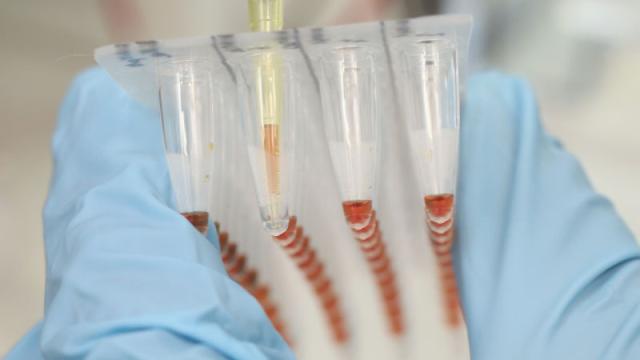In the course of researching diseases like the Ebola virus, more than 200 labs in the United States work with hazardous pathogens. But oversight of those labs is seriously lagging, with safety lapses occurring at some of them, according to a new report from the US Government Accountability Office.
The Federal Select Agent Program, which is run by the Centres for Disease Control and the Department of Agriculture, regulates how high-containment labs across government, industry, and academia handle 66 different dangerous organisms and toxins, including anthrax, ebola and botulism. But those labs and the procedures for overseeing them have been under scrutiny after a string of incidents over the past few years. In 2014, 84 CDC employees were accidentally exposed to live samples of anthrax after it was inadvertently shipped between labs. That same year, six forgotten vials of decades old smallpox virus were discovered packed in a cardboard box at the National Institutes of Health.
Yikes.
In response to those and other incidents, Congress asked the GAO to evaluate federal procedures for managing dangerous pathogens and the White House announced new measures for improving biosecurity.
That report, released fittingly on Halloween, found that the oversight program still has some issues to address.
“Safety lapses continue to occur at some of the 276 laboratories in the United States that conduct research on select agents – such as Ebola virus or anthrax bacteria – that may cause serious or lethal infection in humans, animals, or plants, raising concerns about whether oversight is effective,” the report said.
For one, many of the labs overseen by the program are within the two agencies that run it, meaning that at times the CDC and USDA are essentially policing themselves. Despite an agreement that the two agencies would conduct inspections of one another’s labs in order to avoid conflicts of interest, the report notes that the USDA conducted inspections of its own labs on three occasions.
The report also found that lab inspections spend too much time focusing on things like theft prevention and not enough time on how to prevent the sorts of accidents that spurred the investigation in the first place. In 2014, for example, it was a failure to follow protocol to make sure that anthrax samples were no longer active that resulted in a live bacteria accidentally being shipped between labs. The program, the report also found, employs inspectors that are overworked and sometimes lack expertise to do their jobs.
The report recommends that, for starters, investigations target the highest risk activities that it oversees. Like, you know, maybe making sure that when there are vials of a deadly, freeze-dried virus lying around, researchers remember where they put it.
